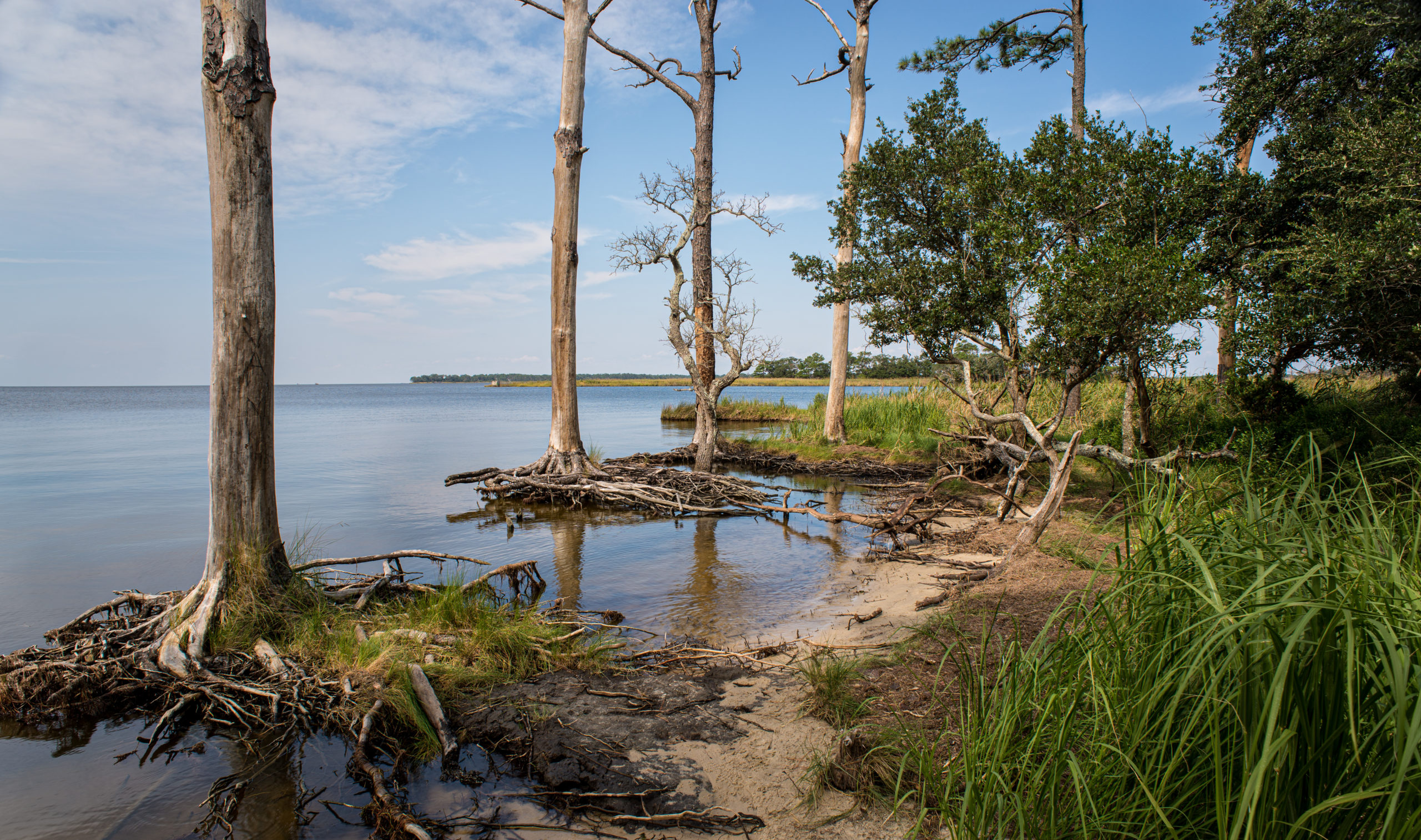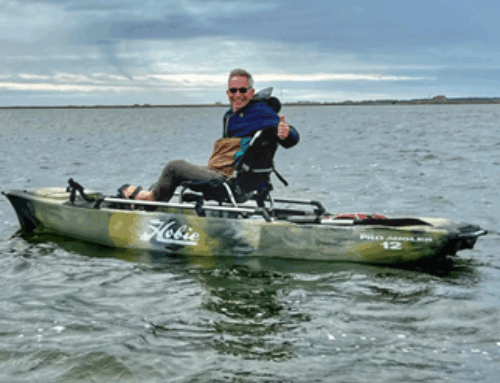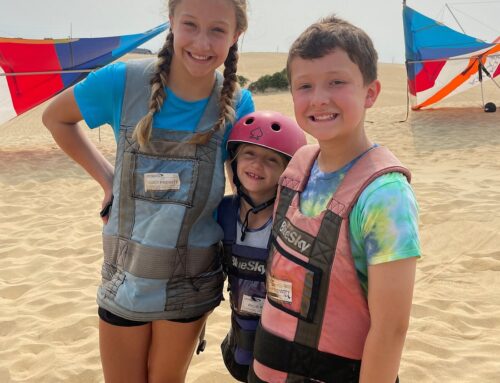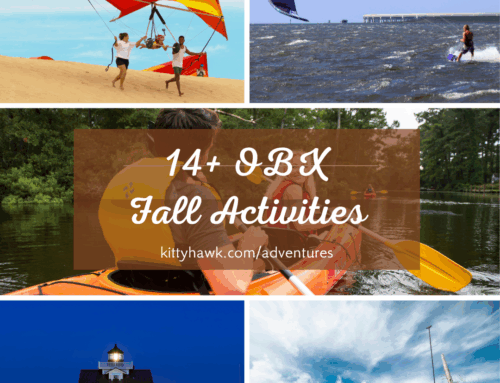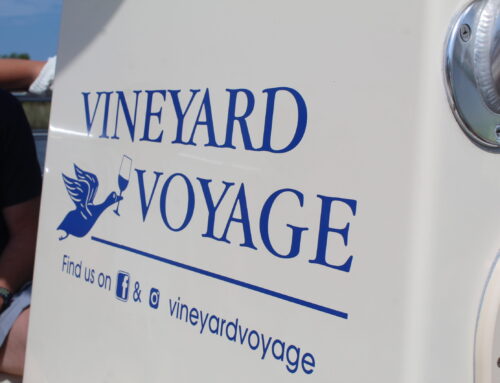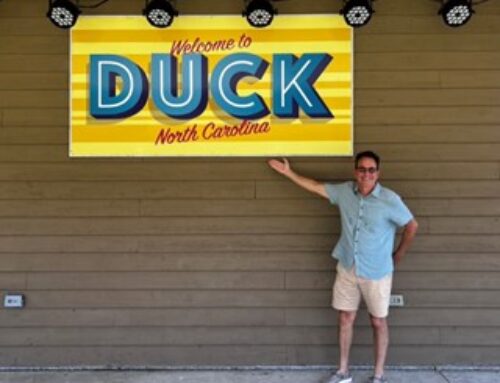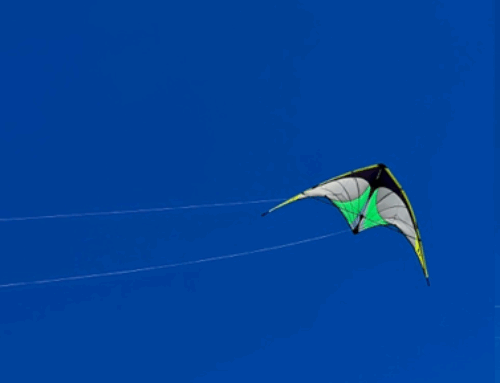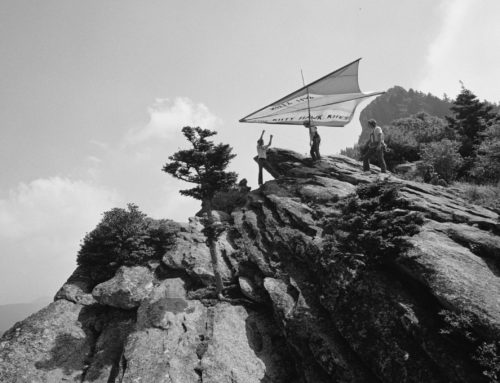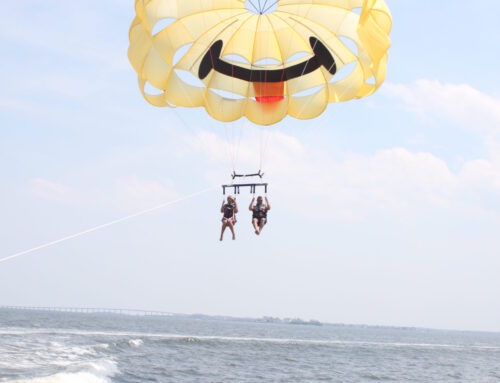Today is Earth Day. At Kitty Hawk Kites, so much of what allows us to create lasting memories in the Outer Banks for our customers relies on this group of barrier islands’ environment and natural landscape. The least we can do is try everyday to contribute to its preservation and help further the cause of its protection. In an effort to spread awareness, we had the pleasure of sitting down with Will Freund, environmental and community engagement advocate AND former Kitty Hawk Kites employee to talk about advocacy, environmental education, and of course, the unique and fragile ecosystem of the Outer Banks.
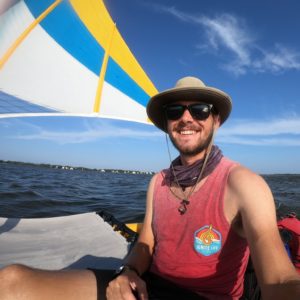
Will Freund
Will is an environmental activist based in NC. He is also a former Kitty Hawk Kites hang gliding instructor.
Tell us briefly about who you are and what you do:
My name is Will Freund, and I work as a Community Engagement Specialist at UNC Chapel Hill’s Morehead Planetarium and Science Center on the team that produces the statewide, monthlong North Carolina Science Festival. I also serve as President-Elect on the Board of Directors for the Environmental Educators of North Carolina. Overall, I describe myself as a storyteller, science communicator, and live events coordinator. I believe that science should be accessible to everyone, no matter who you are, where you live, how old you are, what you look like, or how much education you have. Especially when it comes to something like climate change, everyone deserves a seat at the table because it will affect all of us. Just not all in the same way or at the same time.
What is your past connection to Kitty Hawk Kites and has your time with KHK informed your current line of work in any way?
My first interaction with Kitty Hawk Kites started when I was just a toddler. I used to vacation with my family to the Outer Banks during the summers as my dad had done during his childhood in the 70’s and 80’s. My first memory of KHK specifically was for my 10th birthday I was gifted my first hang gliding lesson out on Jockey’s Ridge. After that I was really hooked and came back every year or two to take another lesson.
That is what led me then to join the KHK crew as a Hang Gliding Instructor for the summer of 2014 as well as 2015. During that time, I made lifelong friends, obtained my Hang 2 rating, and was in some of the best shape of my life.
My time with KHK informed my current line of work in incredible ways. As an instructor, I learned how to break down complex topics like aerodynamics into easy, digestible, and informative talking points. It also taught me how to interact with people from every walk of life and background and make sure they had fun no matter what. As someone facilitating an experience like this, we have the opportunity to inspire someone to enter the sport of hang gliding or at least show them that they can do anything they put their mind to. I also learned that deep breathes and a forward-thinking attitude can get you so much further than you think it can.
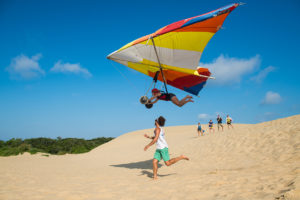
Ties to the OBX
Will spent time as a hang gliding instructor before his career in public advocacy.
As a former Hang Gliding instructor, you’ve obviously spent a fair amount of time in the Outer Banks. What can you tell us about the region’s unique biodiversity?
People do not realize until they physically come to the Outer Banks how unique of a place this is in the world. 200 miles of sand, sometimes no more than 100 feet across. Speaking from a biodiversity standpoint, it is an incredibly harsh environment to live in no matter who or what you are. The ecosystem on the Outer Banks can be generally categorized into 3 groups, marsh, maritime forest, and beach. For the marsh, think about the sound side of Duck and Corolla or maybe further south at Pea Island National Wildlife Refuge just south of Nags Head. The water is brackish (part fresh and part salt water) since these areas are either far or cut off from Oregon Inlet and therefore is the perfect spot for waterfowl like swans to overwinter. It is also where we find North America’s only brackish water turtle, the Diamondback Terrapin.
As for the maritime forest, the soil mostly consists of sand which does not hold nutrients, water, or structure very well. That is why you tend to have most of your plants pop up in the area between the dunes when what little organic material exists can decompose and help the next generation get started. That is also why you tend to see the tallest and oldest plants towards the middle of the island, which is often the oldest part, where there is the most organic matter, least amount of salt, and the least amount of wind. Here you will find animals like the eastern box turtle, red fox, northern water snake, and if you venture inland just a bit to Alligator National Wildlife Refuge, you might just sight a Red Wolf or Black Bear!
As for the beach, that is why so many people come to the Outer Banks is for its beaches. Not much more than sand and waves for as far as the eye can see. That is also where we get some of our most unique animals. I cannot talk about Outer Banks biodiversity and not mention sea turtles. These majestic reptiles nest on these beaches year after year and have made incredible strides towards recovery due to conservation efforts from organizations like the US Fish & Wildlife and the North Carolina Wildlife Resources Commission. Out on the beach during certain times of the year, you might be one of the lucky few to spot a seal napping on the sand on their migration down the coast during the winter. Like any wild animal, you should admire and respect them from a distance. If you think an animal is injured or in distress, call the Marine Mammal Stranding Hotline at 252-241-5119.
I could wax on for ages about all the amazing plants, animals, and environments on the Outer Banks, but I will leave it here for now.
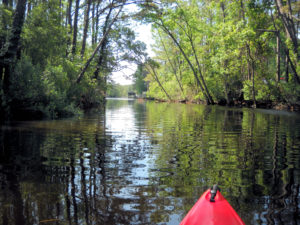
Maritime Forest
One of the 3 main groups of ecosystems that occur in the OBX
What are a few ways in which you recommend people become proactive about preservation and environmentalism in the OBX and beyond?
There are many ways of getting involved in protecting and preserving this special place on Earth. Primarily, just be aware of what is around you, you might just be amazed at what you find. Beyond that, I would encourage people to follow their interests and their passions. If you like spending time on the beach, consider volunteering for a locally organized beach clean-up, or organize one yourself!
One of the things that is at the forefront of a lot of people’s minds these days is climate change. It takes many forms and really encompasses every aspect of what goes on out here on the Outer Banks. The main two I want to focus on are sea level rise and extreme weather. We know that over the next few decades the mean tide line will continue to increase. This is further exacerbating the erosion and full-on washout of the dunes that we see up and down the Outer Banks, especially down Hwy-12 down towards Avon and Hatteras. The reason the dune does not stay in place when we bulldoze them back is because the Sea Oats that grow on top of the dunes take years to send their roots deep into the sand and hold it all together. Without the plants to hold our little barrier island of sand together, everything would be washing away much faster.
When it comes to extreme weather, what I mean is that the frequency of bad tropical storms and hurricanes is rising. It may not be specifically happening every summer on the Outer Banks, but we have the think on a larger scale. Overall, the storms are getting worse, it is just a matter of time until one of those plows through our neck of the woods. The easiest and best thing anyone who comes to the Outer Banks can do is make sure you have a plan.
In terms of action on climate change, just like I stated earlier, is be aware of what is happening. Ask questions. The best thing you can do to fight climate change is be informed so that you can make the best decision for yourself. Whether that is making climate conscious purchasing decisions or talking with your friend, neighbor, or local representative about what climate change means to you. We all experience climate change differently and therefore how we respond to it will be different.
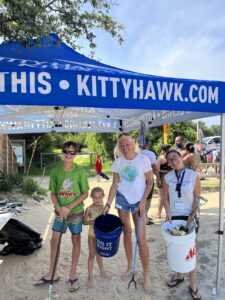
Getting Involved
Kitty Hawk Kites hosts beach cleanups in collaboration with the Surfrider Foundation around 4 times a year.
Anything else you’d like to add?
I love the Outer Banks. It has been my home and my home away from home for so many years. My first years as an adult were living out here and I consider myself lucky to have had that opportunity. If I had not had my time as a hang-gliding instructor, I am not sure I would have the connection to this place that I cherish so dearly. This is an amazing place to celebrate Earth Day because of how unique and special it is, and I hope that you get the chance to get out and explore it.
At Kitty Hawk Kites, we’re proud to encourage environmentalism within our organization, and use our platform to elevate just causes and voices aiming to better the world. It is an honor to know and collaborate with people like Will who have used their time at Kitty Hawk Kites to continue to teach the world to fly in big and bright ways! Here on the Outer Banks, we’re dedicated to giving back in our own ways. Each year we partner with the Surfrider Foundation to host beach cleanups up to 4 times yearly, and we continue to supply earth-concious products in our stores from brands like 4Ocean and Fahlo.
Additionally, so many of the outdoor adventures we provide rely on the Outer Banks ecosystem and we strive to do our part to give back. Our hang gliding school brings thousands of visitors and awareness to the unique environmental situation of Jockey’s Ridge State Park every year, and our Outer Banks Kayak Tours are aimed at enriching the visitor’s experience through eco-tourism education efforts. Ultimately, teaching the world to fly would be impossible without the earth from which to launch from, and we never forget that fact. We strive everyday to do our part to protect and preserve it.
